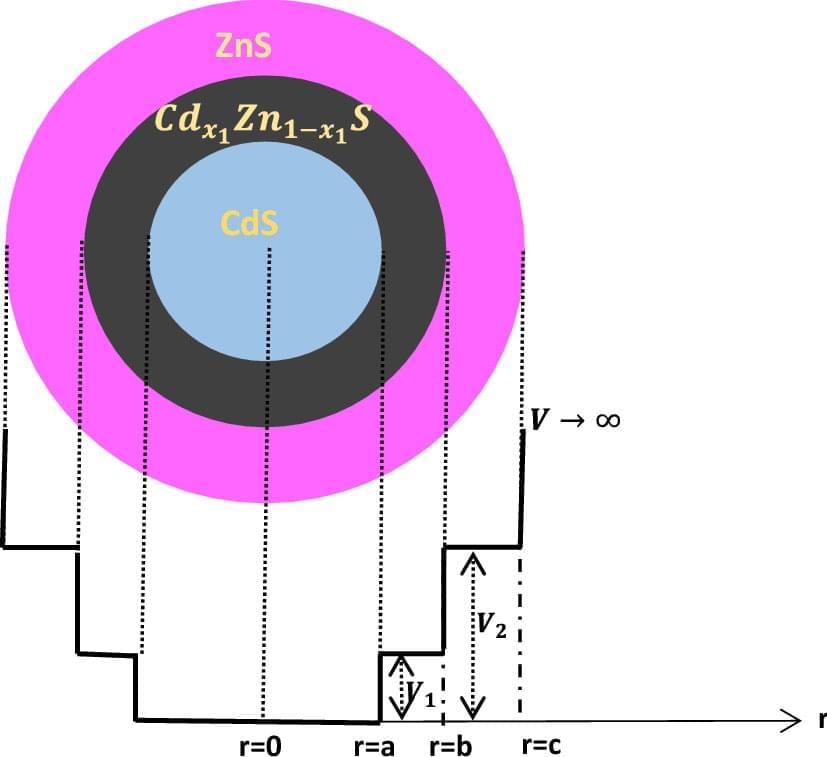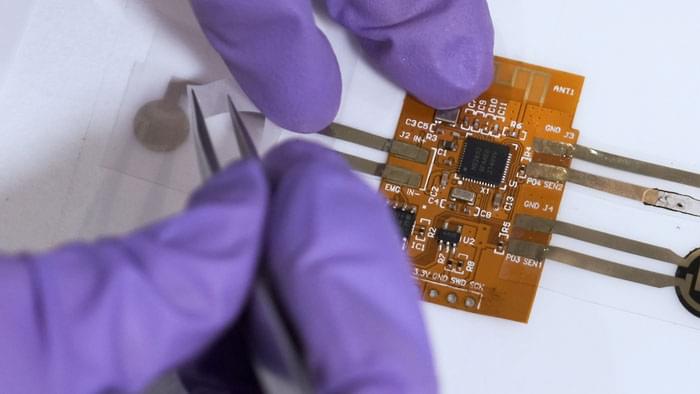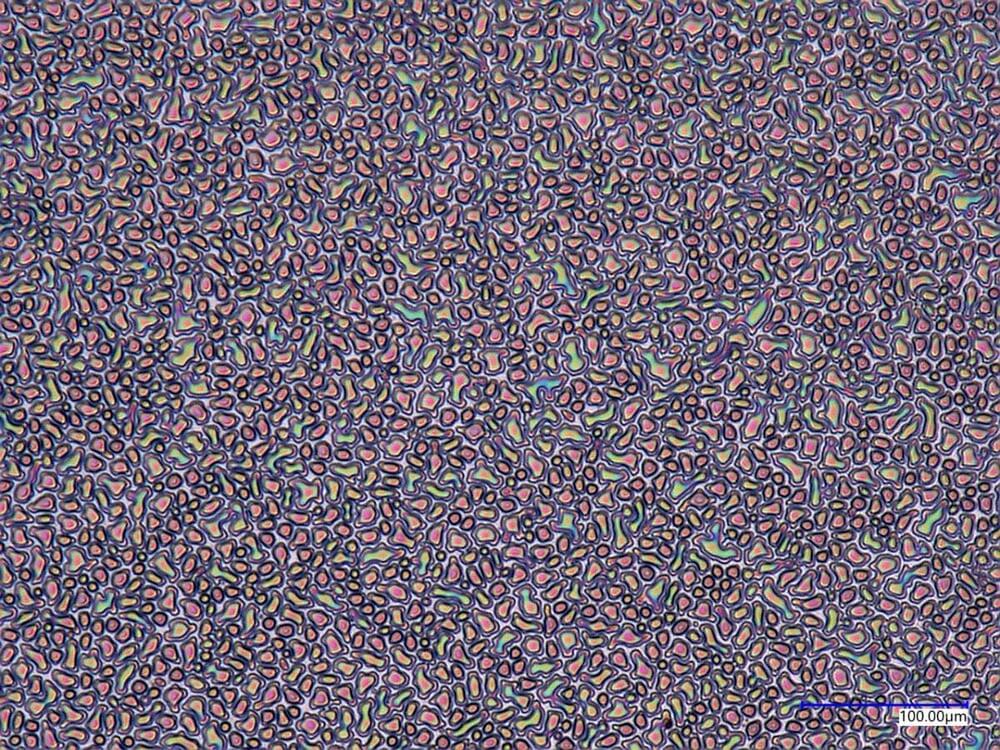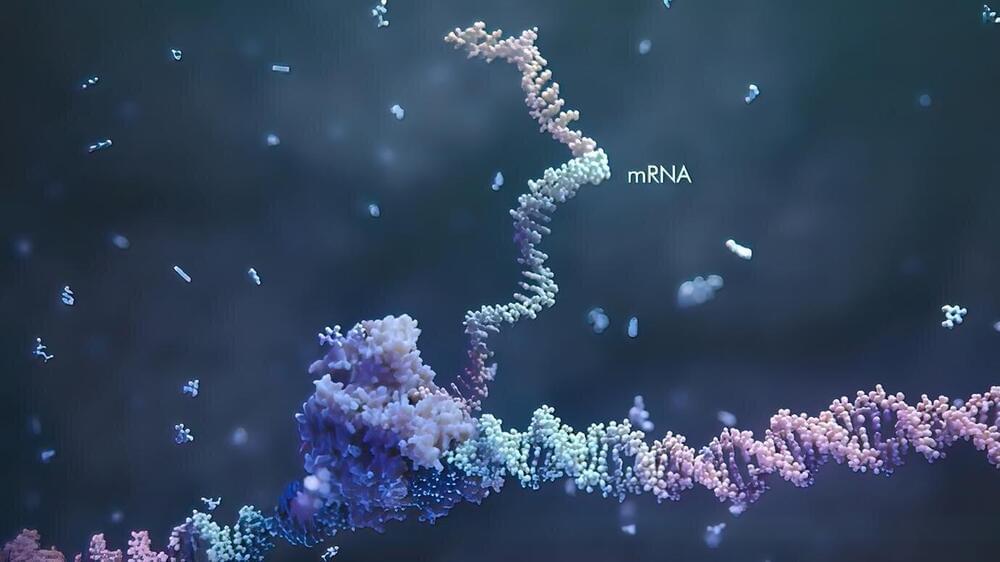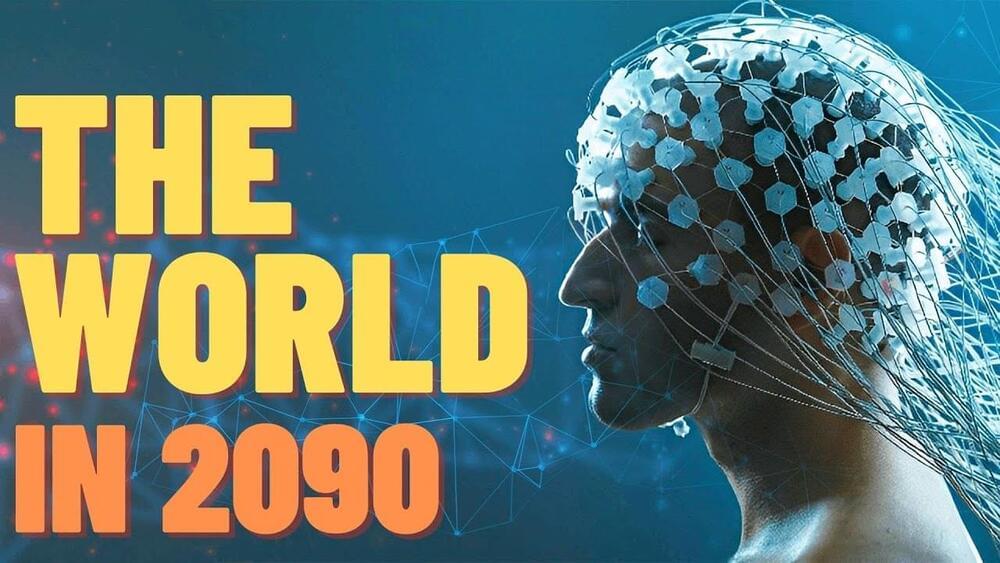Quantum dots are semiconductor particles measuring just a few nanometres across, which are now widely studied for their intriguing electrical and optical properties.
Through new research published in EPJ B (“Third-order nonlinear susceptibility in CdS/Cdx1Zn 1-x1 S/ZnS multilayer spherical quantum dot,”), Kobra Hasanirokh at Azarbaijan Shahid Madani University in Iran, together with Luay Hashem Abbud at Al-Mustaqbal University College, Iraq, show how quantum dots containing spherical defects can significantly enhance their nonlinear optical properties.
By fine-tuning these defects, researchers could tightly control the frequency and brightness of the light emitted by quantum dots.
